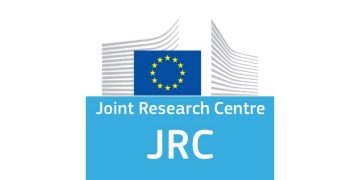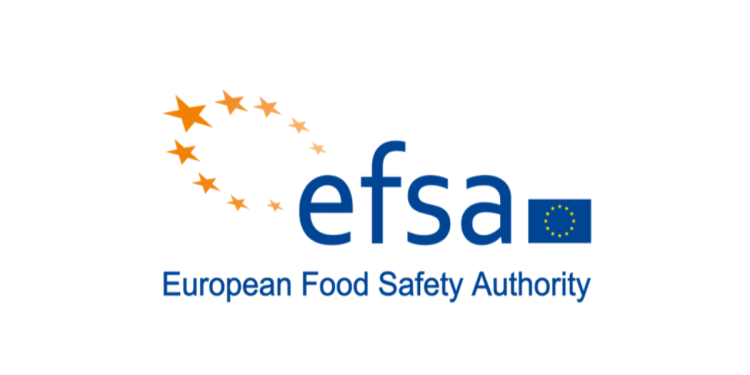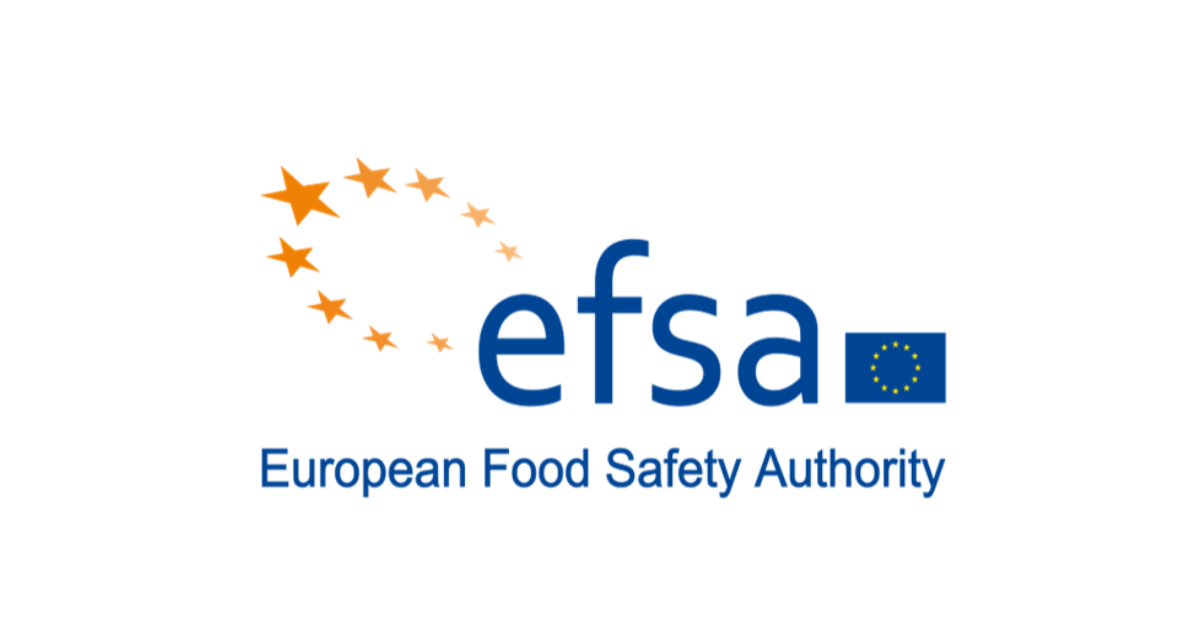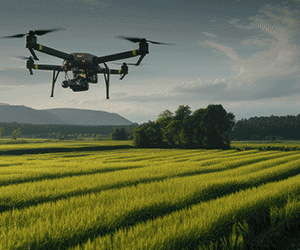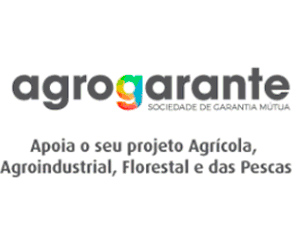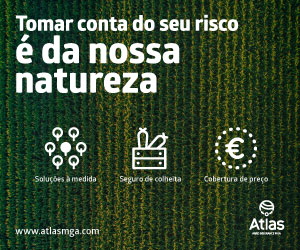While there is no definitive evidence that these bacteria spread to humans through food, identical strains have been found in both animals and humans, suggesting possible transmission between them.
CPE are bacteria that produce enzymes (carbapenemases) that inactivate carbapenem antibiotics. These antibiotics are used to treat serious infections in humans. Resistance to these drugs poses a significant public health risk, potentially leaving few effective treatment options.
EFSA’s latest opinion, which builds on its 2013 assessment, reviews data and literature up to the end of February 2025. It draws on information collected from the EU and EFTA countries, with input from the European Centre for Disease Prevention and Control (ECDC).
Key findings
- CPE have been detected in the food chain in 14 of the 30 EU/EFTA countries since 2011.
- The most frequently reported CPE are E. coli, Enterobacter, Klebsiella and Salmonella, primarily originating from terrestrial food-producing animals (pigs, cattle, and to a lesser extent poultry, which are the animal SPECIESA subdivision of the genus, a species is a group of closely related and similar-looking organisms; for example, in the case of Homo sapiens (humans), the second part of the name (sapiens) represents the species routinely monitored for ANTIMICROBIAL RESISTANCEThe ability of microbes to grow in the presence of substances specifically designed to kill them; for example, some human infections are now resistant to antibiotics, raising concerns about their widespread use in the EU).
- The number of reported CPE cases has risen, particularly in pigs, cattle and poultry, with significant increases in 2021 and 2023 in a number of Member States.
- Ten of 30 EU/EFTA countries have established contingency plans for the control and investigation of these bacteria.
Main recommendations
To prevent or minimise the occurrence and spread of CPE, EFSA recommends:
- Expanding monitoring activities to other food sources currently not monitored (such as seafood products and vegetables), as well as to additional bacterial species (such as Klebsiella);
- Improving detection methods, conducting trace-back investigations and bacterial MOLECULAR TYPINGA way of identifying specific strains of organisms by looking at their genetic material. Often used to characterise bacteria or viruses to clarify transmission routes, including potential spread via workers and feed;
- Focusing research on the design of targeted studies to gain a better understanding of how these bacteria spread in the food chain.
Next steps
EFSA will support Member States and EFTA countries in further investigating and generating new data on the occurrence and spread of CPE, considering the VARIABILITYNatural variations observed between members of a population, or observed over time or in different geographical locations; for example, individual variations in susceptibility to a particular toxic chemical. in genes present across different countries and animal species. An updated opinion will be published in 2027 reflecting the latest findings.
EFSA’s ongoing efforts to tackle antimicrobial resistance reflect its commitment to protecting public health in a rapidly evolving scientific landscape. A coordinated One Health approach—integrating human, animal, and environmental health—is essential to effectively monitor and mitigate the spread of carbapenemase-producing bacteria in the food chain.
O artigo foi publicado originalmente em EFSA.








